I saw the wooden door in the picture recently and thought it was the perfect illustration of a phenomenon that is often ignored but can have very unpleasant consequences: raindrops bouncing off. It is the cause that has led to the complete destruction of the door finish at the bottom of the door and the appearance of mold on the wood. Otherwise the door looks very good, even if it is not protected from rain and sun. Water from bouncing drops can destroy the base of windows, doors, supporting pillars or cladding boards. Wooden houses should therefore be built on a concrete or masonry foundation of at least 30 cm. In Germany, because of the ricochet of raindrops, it is mandatory that the wooden elements of a house should not be lower than 50 cm from the ground.
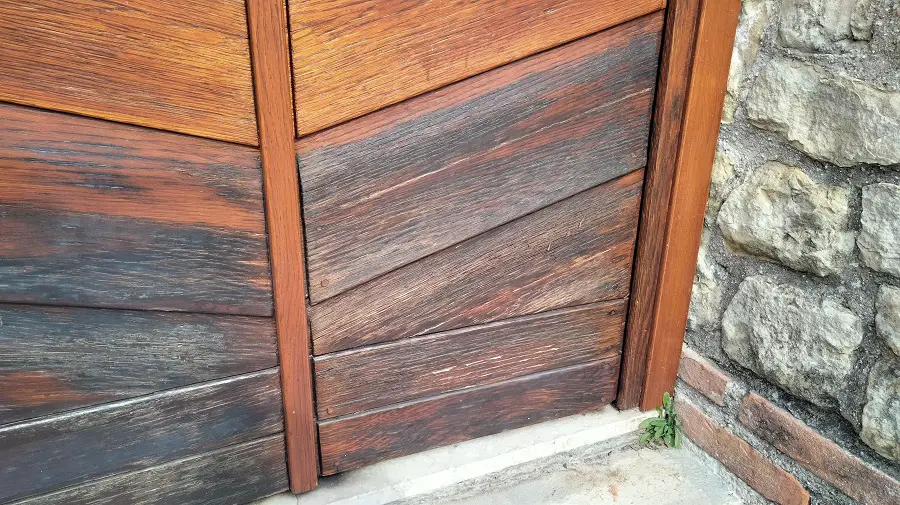
Water, the big problem for wood and wood preservatives
A manufacturer of timber frame houses that wood's greatest enemy is water, not fire. Fire is an accident, whereas water can get to wood in a multitude of ways and destroy it. Water is just as dangerous to the materials that protect wood on the outside. The smallest crack in the varnish film allows water to reach the wood, and it is only a step from there to mold growth.
Oil protection is no safer if not maintained regularly. Repeated splashing washes away oil applied to the base of a door, window or fence, creating a gateway for water to enter. Areas become covered with mold over time and if not refinished in time, the wood will begin to rot.
The water is harmless as long as it does not stand for a longer period of time, it does not splash. Standing for a longer period creates conditions for micro-organisms to penetrate into the wood and destroy it. The phenomenon is explained at length here. To avoid it, technical solutions must be found so that the water drains off and the surface is sanded. These are the two fundamental conditions for the wood and the protective coating to last as long as possible.

How to prevent mold and mildew on finished wood
There is no varnish, paint or oil that will protect wood in the long term without maintenance. In areas where we know for sure that raindrops will bounce back, it's best not to rely heavily on the finish. Fitting a metal guard on the bottom of the door over the varnished or oiled wood can help.
There are other solutions to make your home's doors, windows, veneers and other wooden elements as safe as possible. Here are some of them:
- protect them with large eaves and awnings,
- covering the ground contact areas with water-resistant materials (metal, plastic),
- coating (blocking) areas of fiber ends to prevent absorption,
- fitting window grills,
- the use of profiled planks in horizontal cladding to allow drainage (glazing),
- Installing ventilated facades to allow air to circulate and ventilate the wood,
- technical solutions to promote water drainage, avoid contact with the ground and ensure air circulation.
Vertical surfaces, rounded or triangular profiles of wooden elements allow better water drainage. Vertical wood cladding is preferable to horizontal. However, if horizontal cladding is desired, the recommendation is that the elements should be installed so that they are placed on top of each other so that the drips that are turned over (the Coandé effect) do not reach the lower element. The specialist recommendation is that the overlap should be 12% of the plank width and min.10 mm.
Direct contact with the ground can create big problems. Supporting posts should not be fixed directly to the ground, but should be fastened with fixing screws that provide a comfortable distance from the ground while being secure and strong. A slightly slanted section will ensure better water drainage. If there is a possibility of drips bouncing back to the base of the pole, it is recommended that the area be clad with metal. This plating must not allow water to accumulate.
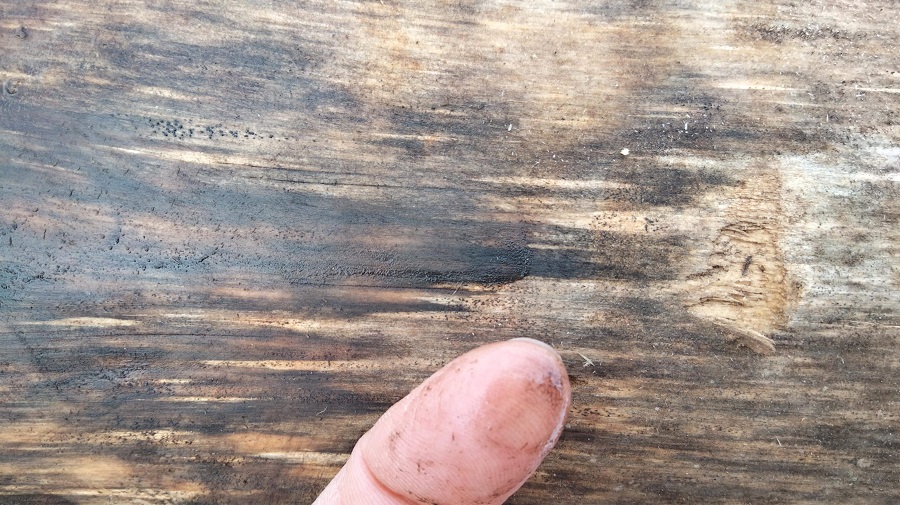
Why wood-protecting materials fail differently
Different exterior finish resistance, even if the same materials and technology have been used, is a common phenomenon. Wooden window frames or shutters will need repair more quickly if they are placed on the side of the house more exposed to rain and wind. Windows under eaves or awnings will be more resistant than those directly in the wind and rain. The more the finished wood is protected from water and wind, the longer it will last.
Although not as dangerous as water, wind can also cause problems. Together with atmospheric dust, it has an abrasive effect on the protective coating, removing about 15 µ/year, according to experts. If maintenance is not carried out on time, the protective layer is eventually completely removed. Wind acts differently on the sides of the house, with some parts more sheltered than others. This will cause the finish to crack more slowly on the sheltered parts and more quickly on the others.
Information on choosing the right species and construction solution for outdoors and on suitable protective materials can be found at here and here.
I hope you find the information useful. As always, additions are welcome. And if you have any questions or queries, please leave them below in the dedicated space. I will be sure to reply.



























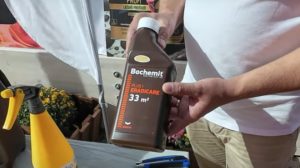

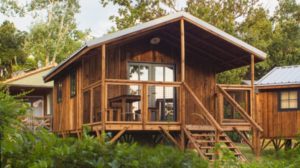
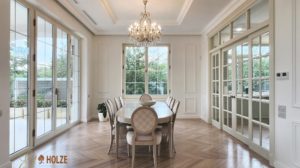
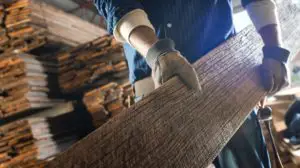




Add comment